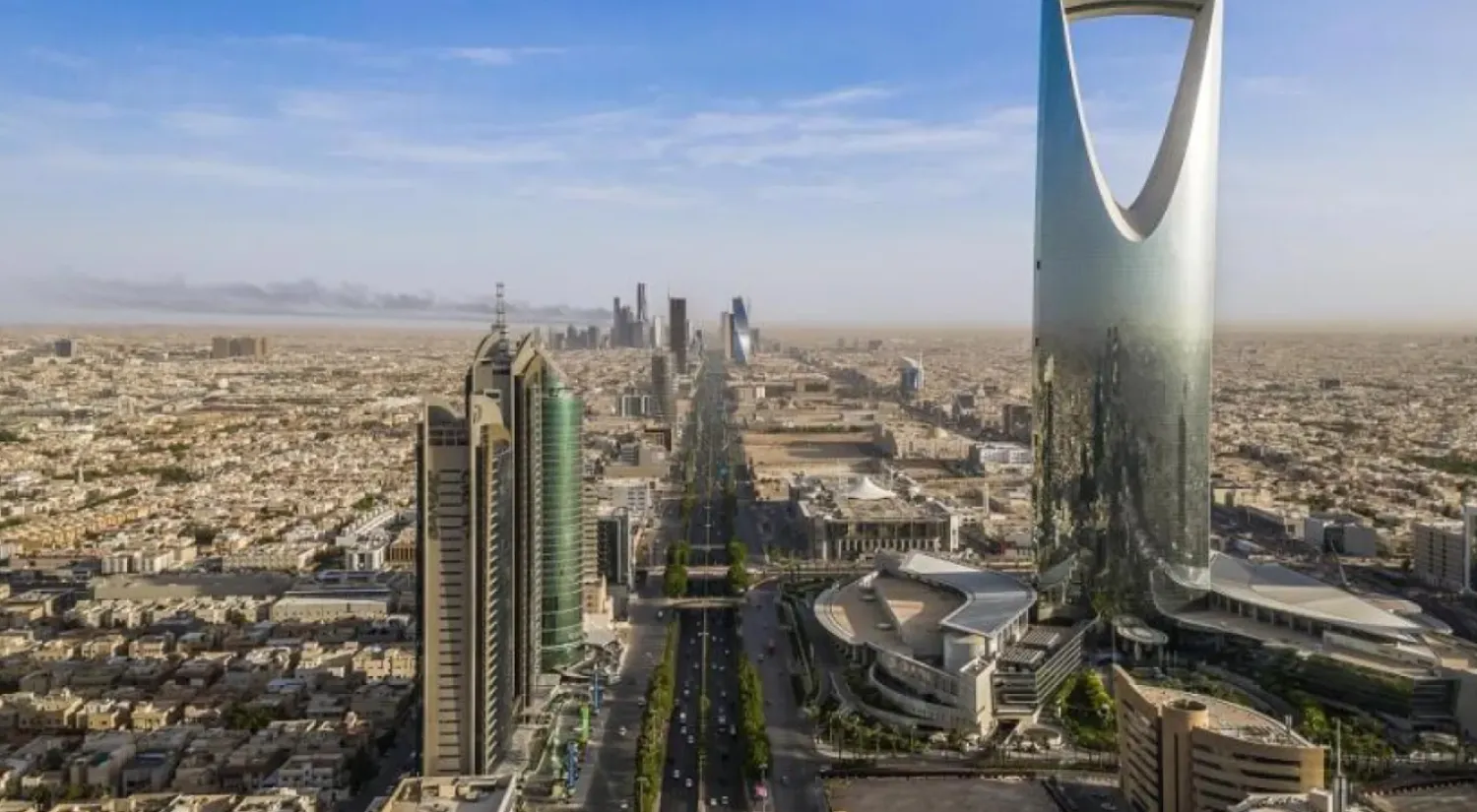Peter Preston, a journalist who was born on May 23, 1938, died early last week. His death news disturbed the British press community.
Journalists recalled the brilliant career of Preston and his prints in creating the Guardian’s identity during Margaret Thatcher's presidency.
Preston headed the editorial office for the longest period in the Guardian’s history. He managed to turn the paper into a more modern publication with financial assets for a period of time, paving the way for building a fortress of progressive journalism that is recognized and appreciated by the world.
Preston passed away at the age of 79 after suffering from a malignant tumor for the past ten years. The British press had always respected him, and the Daily Mail allocated its fourth page to honor and appreciate him through a special material.
“Preston's 79-year-old death deprives the British press of one of the most inspirational figures of the 20th century,” said the Tabloid City’s editor-in-chief.
Preston joined the “Manchester Guardian” in 1963, and saw its progress turning into a national newspaper editor from 1975 to 1995. At that time, he ran the revolutionary redesign of the paper, the change of its name, and the inauguration of the daily G2 department, which was copied by other newspapers, along with the purchase of the Observer; he struggled to maintain the stability and success of the work after the inauguration of the Independent.
Apart from these tasks, Preston was particularly proud of making a financial shift for The Guardian, where revenues’ decline was prevented for at least a period of time, with the circulation of the newspaper surpassing half a million in the mid-1980s. However, Preston, who was at times a target of constant criticism because of his leadership of the newspaper, was not a flawless myth. Any editor who stays in office for more than 15 years sometimes strikes and sometimes makes mistakes, the late once said.
In 1975, Preston broke the expectations saying that an older journalist would replace Heatherington. At the age of 36, he managed to capture the post after journalists voted for him, against his main rival. "I am a reporter, a journalist and a facts-researcher first," he wrote in an article in the Guardian newspaper."
He was more loyal to the news material than the doctrine.
Preston opened the editorial room, and allowed everyone to attend the morning editorial meetings. He worked hard and diligently as any of the other journalists; he rarely asked for leave, and used to distribute expressions of encouragement when they were due.
The Guardian’s acquisition of the Observer in 1993, the world's leading weekly Sunday newspaper, did not help him win friends. He was initially enthusiastic about the process, but the editorial team of the weekly newspaper opposed him when he told them that they would have to adhere to austerity policy if they wanted to keep their jobs.
The Observer’s editorial team had been used to extravagance and luxury, and they did not realize that those days were over. An editorial executive likened the process to Tesco's takeover of the Fortnum & Mason shop.
In 1964, Preston moved with the Guardian to London, where he worked in several jobs, including a reporter for education, a daily editor, a foreign correspondent, an editor of varied light topics, and a production editor. In 1975, at the age of 37, Scott Trust appointed him editor-in-chief of the Guardian, and he remained in this position until he resigned in 1995.
As editor-in-chief, Preston oversaw major changes to the paper, including its relocation in London headquarters at the 119 Farringdon Road, and the introduction of specialist areas in the newspaper, including the inauguration of the educational journal “Education Guardian”, and “Society” for Community News, as well as the redesign of the newspaper in 1988, and the launching of the G2 division in 1992.
He also managed some of the most important issues of the Guardian, including the autobiography " Spycatcher », and the bribery scandal of two conservative members of parliament in the nineties.
He handed over his beloved newspaper to his deputy in 1995, but he did not leave. He continued to work as a collaborator, by writing columns on politics and media, and as a member of the board of directors and one of the trustees.
Despite his cautious character, people from his close circle said he was a good and intelligent man. The pipe-smoking journalist, who was obsessed with football, was too far from going to fancy restaurants and clubs, which were often visited by most of editors-in-chief.
After his death, his deputy wrote: "His companionship and friendship were good, but he was not social at all.”
In his last column, published on Christmas Eve, Preston hoped that the press would be able to regain its respect to some degree, while it is being condemned by politicians and the public alike.









